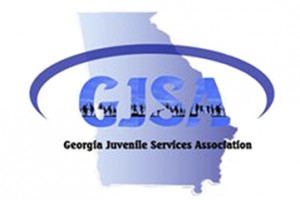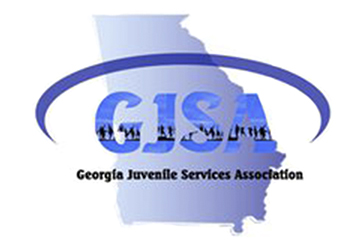 SAVANNAH, Ga. -- The Georgia Juvenile Service Association’s (GJSA) 40th Training Summit gets under way this morning, but last night a cross section of GJSA Life Members and long-time professionals flooded the 15th floor of the Desoto Hilton for a Blast from the Past social.
SAVANNAH, Ga. -- The Georgia Juvenile Service Association’s (GJSA) 40th Training Summit gets under way this morning, but last night a cross section of GJSA Life Members and long-time professionals flooded the 15th floor of the Desoto Hilton for a Blast from the Past social.
In a room swimming with decades of knowledge, JJIE wanted to know how, and if, the juvenile system in Georgia has improved through the years.
"I think there has been improvement, but there's room for more improvement, said Rob Rosenbloom, recently retired deputy commissioner of Georgia's Department of Juvenile Justice. "We still lock up too many kids who are low-risk offenders. The challenge is to have enough room for the higher risk kids who really need that kind of service.”
Gwendolyn Skinner, director of Devereux Georgia Treatment Network, and former deputy commissioner of the DJJ and a 30-year professional in the field agreed with Rosenbloom.
“It’s not only just room for sheer numbers of kids,” Skinner said. “It’s how you spend your money, because if you’re spending your money on the lower level children then you don’t have the money to buy the treatment, services and support for the higher risk kids.”
Since 1969, GJSA has been the only professional organization for rank-and-file juvenile workers and those in related fields in Georgia. For youth workers like Laura Pike of the rural Thomas County Court system, the networking and professional development opportunities are priceless.
“Outside of conferences like this or state-wide training, which is not offered as much as it was used to be due to budgetary constraints, I don’t get to meet a lot of professionals within my own organization,” said Pike, a past president of GJSA who oversees four counties in southwest Georgia. “I think juvenile probation officers and juvenile workers in general need that kind of professional organization to come together and share resources and get training.”
“When I first started [the DJJ was] a division of youth services, so funds were very scarce,” Pike said. “What we’re looking at now, because of the designated felony statutes, is most of our youth development campuses now are 100 percent full of designated felony kids. Therefore, there’s no YDC [Youth Detention Center] beds for regular commitment kids and they have to have a higher priority to get in the youth development campus.
“I don’t have a problem with that, because I’m fine with community treatment if the community treatment resources are there and that’s where the challenge comes in,” she added.
Chris West, a former assistant deputy commissioner with DJJ and GJSA advisory board member, agreed Georgia’s youth services have improved dramatically through the years. “One, it’s gotten us out of the memorandum of agreement that we were abusing and neglecting kids in our facilities." West said, drawing on his 35 years of experience inside the DJJ. “We’ve reduced and diverted kids outside of institutions so it’s provided community service for those kids.
“Budget issues are the real big deal,” said West. “Because of the budget issues, we've had to cut services and those services are going to affect how we deal with kids in the community.”
Much like the economy, the GJSA has had its ups and downs, according to many legacy members, in part due to its reliance on governmental and departmental budgets to fund conferences and membership. This week’s training summit marks the first large event hosted by the GJSA in recent years and a push to widen the membership base well beyond the public sector.
As West pointed out, however, GJSA hasn’t been the only organization affected by budget restrictions.
“From the angle of kids who enter the juvenile justice system, I think that in some ways things got better," said Wells Kilgore, Chief Operating Office at Morningstar Children and Family Services –- an organization that provides mental health services to developmentally disabled and troubled youth. "But then funding has fallen off, so we may have seen some improvements and then we’ve seen some dips in those improvements.”
Others see improvements coming because of the leadership of Amy Howell, the commissioner of the DJJ.
“Overall, especially with our new commissioner, we’re heading in the right direction,” said Lisa Casey Bryson, program coordinator with the DJJ. “The number of kids has increased faster than the resources can keep up with them, so it’s hard to take the resources we have and help the number of kids that need to be helped.”
In the end, Bryson said, “it’s just trying to pull the resources together and get the community to be more responsible for kids.”

Unfortunately, most of the previous administrators have been the problem. Neither Mr. Rosenbloom nor Ms. Skinner knew how to address the issues in juvenile justice on a comprehensive level. If they had been effective, at some point cycles of recidivism would not have continued on their watch.